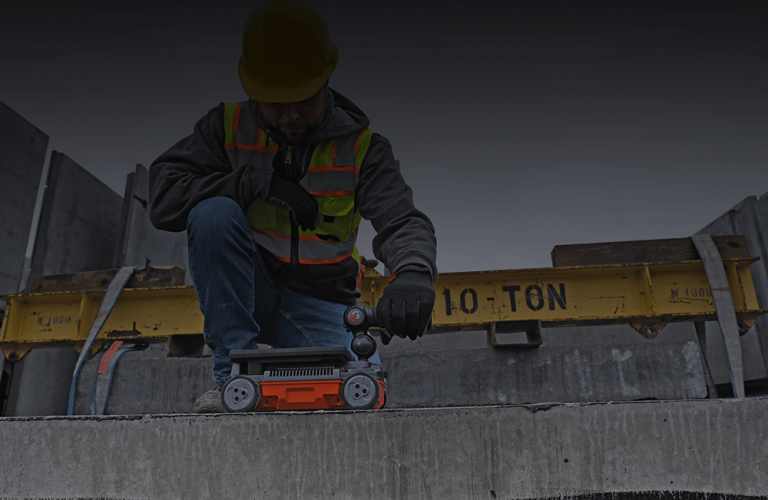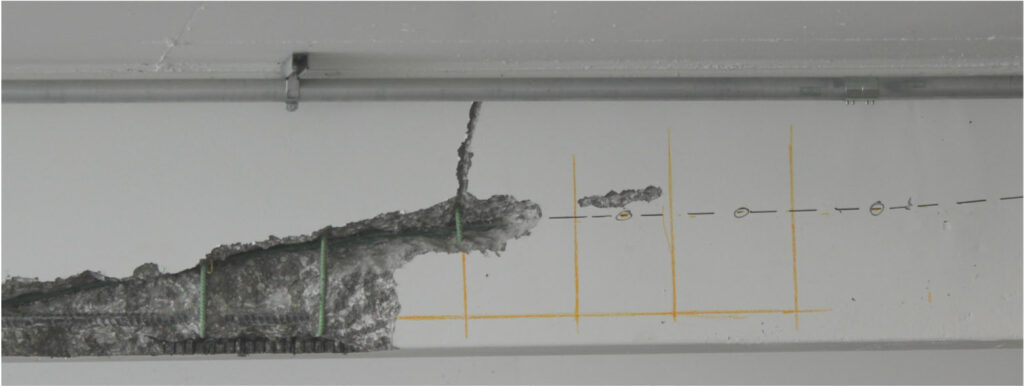Why Select RainierGPR Concrete Scanning for Accurate Subsurface Analysis
Exploring the Trick Benefits of Concrete Scanning in Building And Construction Projects
In the realm of modern building techniques, the usage of concrete scanning modern technology has actually become a critical tool for guaranteeing task effectiveness and structural integrity. From boosting precaution to properly discovering energies hidden beneath the surface, the advantages of concrete scanning are multifaceted. The ability to enhance task timelines and reduce costs while preserving existing structures is a testimony to the worth this innovation gives the building sector. As we dig into the nuanced advantages of concrete scanning, it becomes evident that its impact extends far beyond surface-level analyses, providing a glimpse right into the elaborate web of benefits waiting to be discovered.
Improved Precaution
Making use of advanced concrete scanning innovation improves safety and security measures on building and construction sites by providing exact detection of potential threats hidden underneath the surface. This technology makes it possible for building and construction groups to identify rebar, channels, post-tension cables, and various other obstructions before excavation or drilling, substantially minimizing the threat of mishaps. By pinpointing these elements exactly, employees can stay clear of damaging important architectural elements, hence stopping injuries, hold-ups, and expensive fixings.
Moreover, concrete scanning plays an essential role in making sure the stability of existing structures throughout expansions or restorations. By discovering weaknesses, spaces, or damage within concrete components, designers can resolve these problems proactively, boosting the total safety and security and longevity of the building. This aggressive method not only minimizes the risk of architectural failings but also reduces the possibility for mishaps brought on by unanticipated structural shortages.
In essence, the application of concrete scanning innovation functions as a proactive precaution that safeguards both building employees and the architectural stability of structures, ultimately adding to the total success and efficiency of building and construction tasks. - RainierGPR Concrete Scanning
Accurate Discovery of Utilities
Concrete scanning innovation promotes precise identification of below ground energies, boosting construction website safety and performance. Precise detection of utilities is essential in construction projects to avoid pricey damages, task delays, and most importantly, ensure the safety and security of employees and the public. By utilizing sophisticated scanning technologies such as ground-penetrating radar (GPR) and electro-magnetic induction, building and construction teams can map out the location of hidden pipelines, cords, and other energies with high levels of precision.

Time and Price Performance

Concrete scanning technology enables building teams to properly locate rebar, post-tension wires, and other ingrained items within concrete structures. This accurate info aids in staying clear of pricey mistakes such as unexpected damages to important aspects throughout exploration, reducing, or coring tasks. Furthermore, by identifying prospective threats in advance, the need for costly repairs or remodel due to problems can be lessened, resulting in cost savings for the task.

Additionally, the capacity to quickly and accurately find energies beneath the surface area without triggering any type of damages not only conserves time yet also avoids expensive disturbances to existing infrastructure. On the whole, the time and cost effectiveness benefits of concrete scanning make it a vital tool for enhancing construction job administration and implementation.
Conservation of Architectural Honesty
Maintaining the structural stability of buildings and facilities is critical in ensuring long-lasting stability and security. Concrete scanning plays a crucial function in this conservation process by allowing construction professionals to identify prospective dangers to the architectural stability of a building or facilities prior to they intensify into major issues. Via making use of sophisticated scanning innovations such as ground-penetrating radar (GPR) and electro-magnetic induction, building and construction groups can non-invasively analyze the problem of concrete frameworks, find rebar, post-tension wires, and various other ingrained components, and identify any type of voids, fractures, or wear and tear within the concrete.
Improved Job Preparation
In order to make sure the successful execution of building and construction projects, careful interest to information and comprehensive planning are vital elements that stem from a comprehensive understanding of the structural conditions recognized through concrete scanning. Boosted project planning, promoted by concrete scanning, permits building teams to preemptively attend to potential difficulties, allocate sources much more efficiently, and establish sensible timelines. By accurately recognizing the location of rebar, post-tension cords, and other ingrained items within concrete frameworks, task supervisors can establish a lot more accurate construction strategies that minimize the risk of expensive mistakes or delays. Furthermore, the data acquired from concrete scanning allows stakeholders to make enlightened decisions regarding structural alterations, restorations, or expansions, resulting in smoother task changes and boosted total task outcomes. Ultimately, incorporating concrete scanning into the job planning stage boosts control among group participants, cultivates positive analytical, and adds Your Domain Name to the successful shipment of construction projects within budget plan and routine restrictions.
Verdict
In verdict, concrete scanning provides many benefits in building and construction jobs. By boosting safety and security actions, properly finding energies, enhancing time and price effectiveness, preserving architectural honesty, and aiding in task planning, concrete scanning verifies to be a vital tool for effective task helpful site execution. Its ability to reduce threats, increase performance, and make sure task honesty makes it an important possession for building professionals.
In the realm of modern building and construction practices, the use of concrete scanning technology has arised as a critical device for ensuring job effectiveness and structural stability.Concrete scanning technology enables building groups to properly situate rebar, post-tension cables, and various other ingrained things within concrete structures. With the usage of innovative scanning innovations such as ground-penetrating radar (GPR) and electro-magnetic induction, building and construction teams can non-invasively examine the problem of concrete frameworks, locate rebar, post-tension cables, and other embedded elements, and determine any gaps, cracks, or degeneration within the concrete.
In order to guarantee the effective execution of building tasks, careful attention to information and detailed preparation are crucial original site elements that stem from a thorough understanding of the architectural problems determined with concrete scanning. Ultimately, including concrete scanning right into the project planning phase improves control amongst group participants, promotes aggressive analytic, and adds to the effective delivery of building and construction projects within budget and schedule restraints.